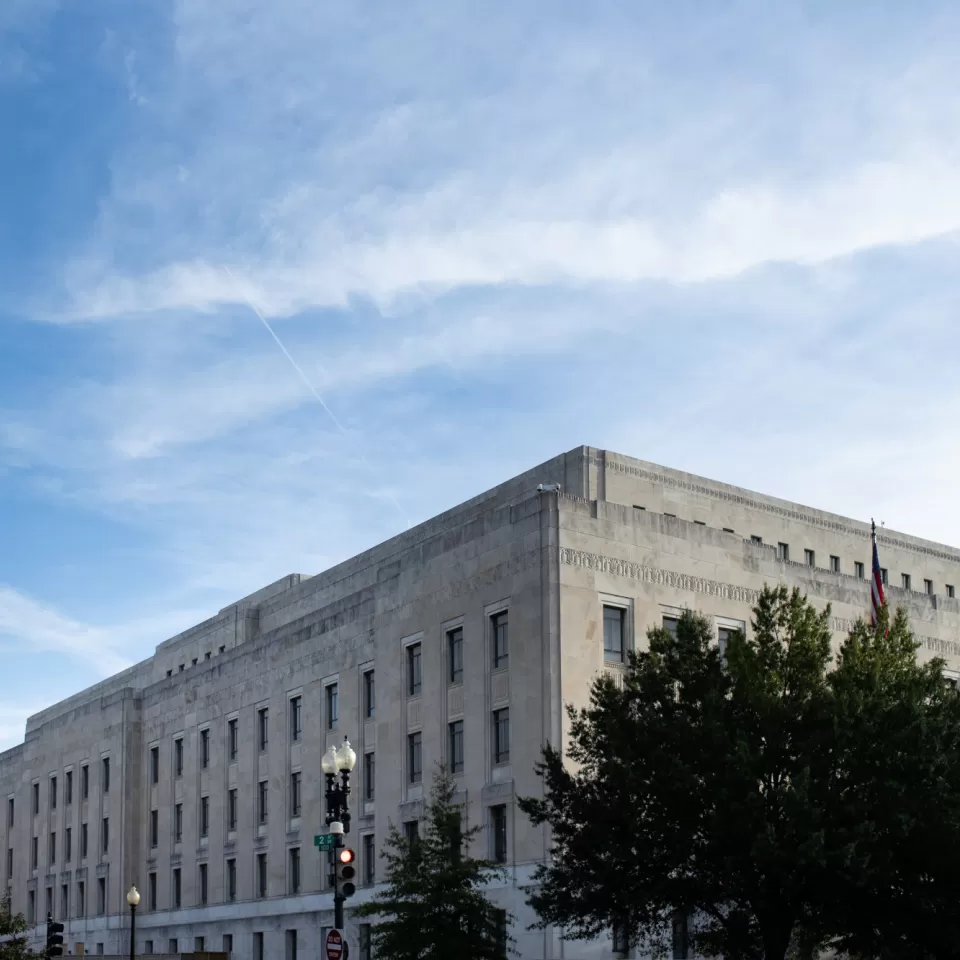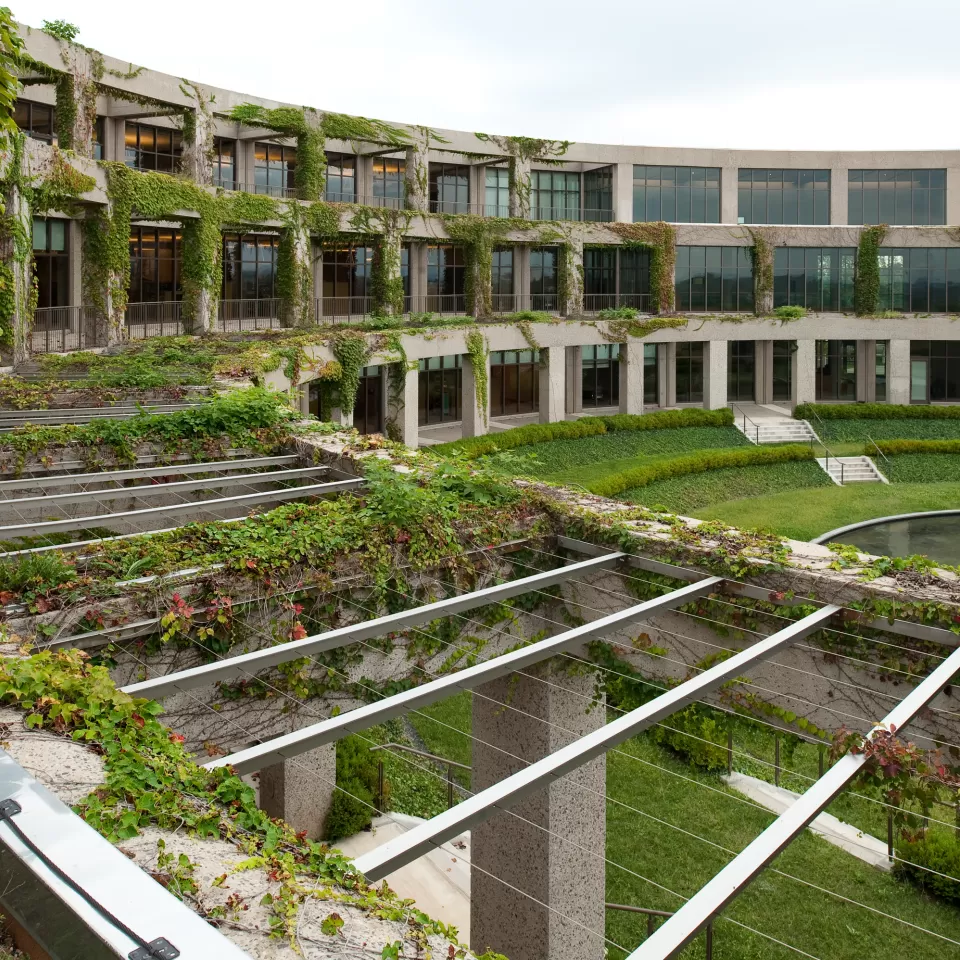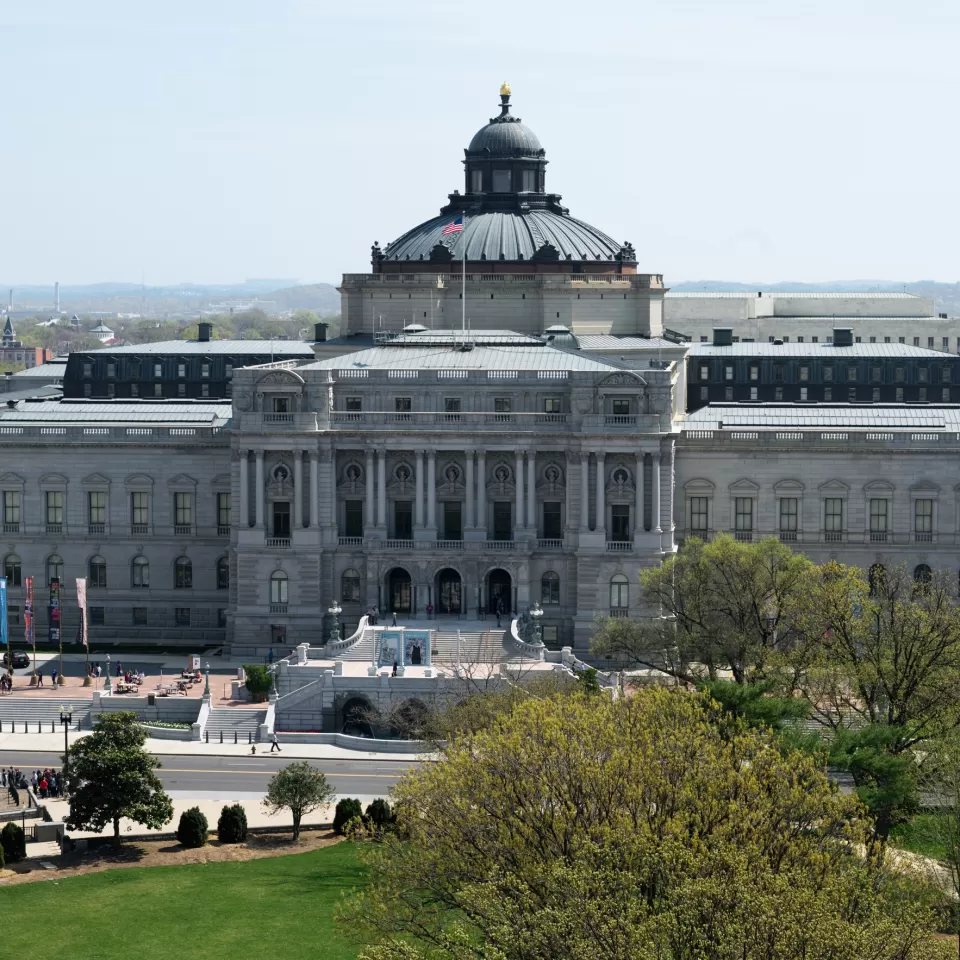
Highlight
James Madison Statue
The statue of James Madison in the Library of Congress James Madison Memorial Building depicts him as a man in his thirties, sitting erect in a chair that is draped with a cloak; his right foot projects beyond the statue's self base. In his right hand is a volume of the Encyclopédie Méthodique, which was first on Madison's 1783 list of books that would be useful to the Congress.
Image Gallery







Library of Congress



